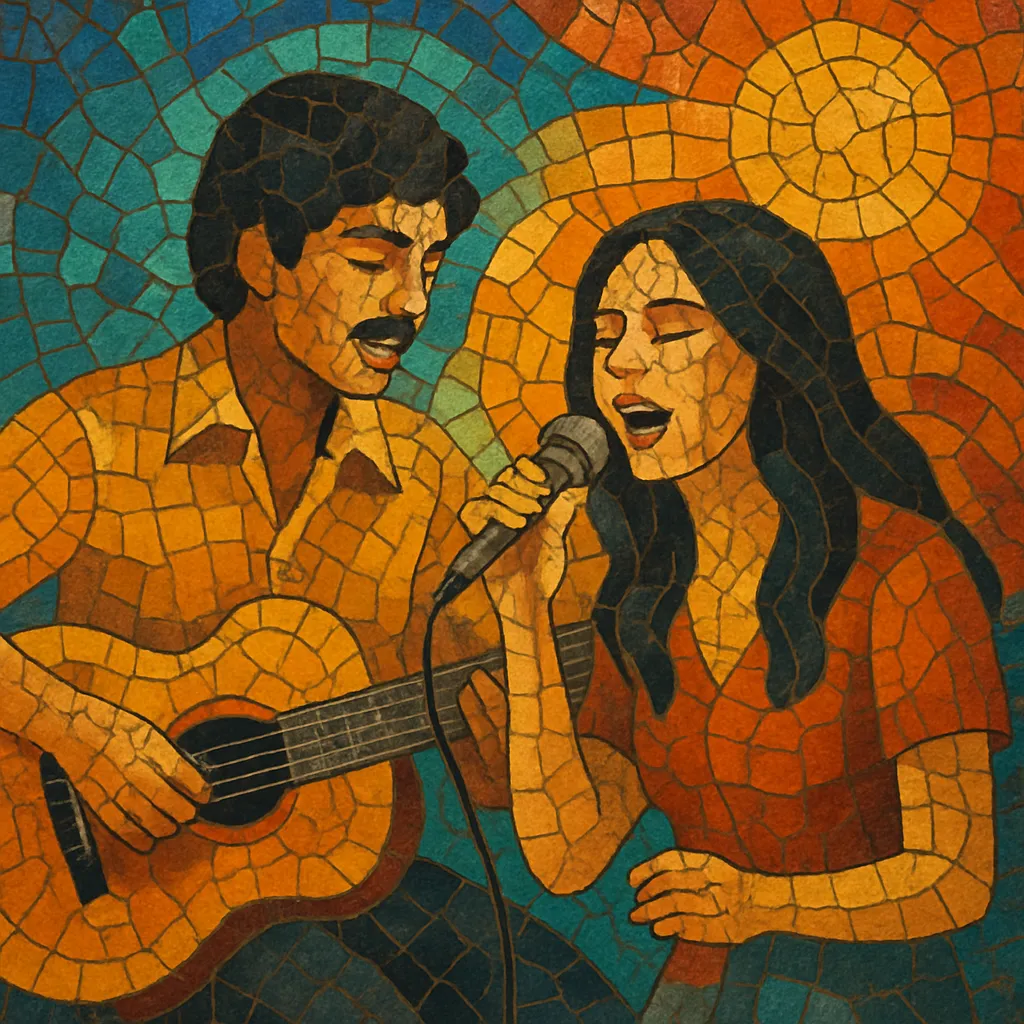
Manila Sound is a Filipino pop style that emerged in Metro Manila in the mid-1970s. It blends light pop-rock, soft soul, disco groove, and funk-inflected rhythms with melodic hooks and polished studio production.
Characterized by Tagalog or Taglish (Tagalog–English) lyrics, witty and romantic storytelling, close vocal harmonies, and smooth, danceable backbeats, Manila Sound offered an urban, feel‑good soundtrack to city life. It is widely regarded as the forerunner of the Original Pilipino Music (OPM) movement, normalizing locally written songs on mainstream radio and in the record industry.
The sound is upbeat yet laid-back: clean guitars, warm electric pianos and string synths, buoyant bass lines, and disco-tinged drums support singable choruses and memorable hooks.
Manila Sound took shape in Metro Manila as local bands absorbed contemporary American and British pop, soft rock, soul, and disco. Crucially, artists began writing in Tagalog or Taglish, making urban Filipino life and humor central to pop songwriting. The approach was melodic, radio-friendly, and danceable, with a polished studio sheen that contrasted with heavier rock of the period.
Groups such as Hotdog, APO Hiking Society, Boyfriends, and Cinderella popularized the style with catchy, city‑minded hits that dominated radio and variety TV. The music paired breezy harmonies and light funk/disco grooves with witty, conversational lyrics. By the late 1970s, the scene expanded as artists like VST & Company brought a stronger disco pulse, while singer‑songwriters such as Rey Valera and Hajji Alejandro helped cement the genre’s romantic, melodic core.
As the movement grew, the umbrella label "Original Pilipino Music" (OPM) gained currency in the industry. Manila Sound’s hallmarks—Tagalog lyrics, melodic hooks, modern rhythm sections, and smooth production—became the template for a broader Filipino pop ecosystem spanning ballads, disco-pop, and light rock. Through the early 1980s, the specific term "Manila Sound" receded as the industry diversified, but the aesthetic and language shift it catalyzed endured.
Manila Sound is now celebrated as the foundational modern Filipino pop style that normalized Tagalog songwriting and established a professionalized studio sound. Revival concerts, tribute compilations, and contemporary covers keep its repertoire alive, while its breezy grooves and urban storytelling continue to inform OPM, Pinoy rock and alternative, and today’s P‑pop sensibilities.

